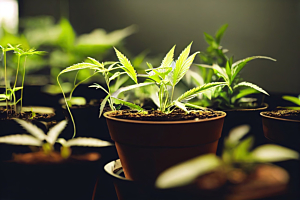Contents
Genetics and trichomes: What’s the connection?
Simple ways to increase trichome production
Optimize trichome production for better yields
Trichomes are hair-like extensions on cannabis buds responsible for creating and housing terpenes, cannabinoids, and other metabolites. The frosty buds shield plants from pathogens and pests. No wonder many growers want to find out how to increase trichome production.
To maximize the creation of these marijuana appendages, it’s crucial to learn a few things about them. Do genetics affect their synthesis? What can you do to improve production and make them mature faster? Do some weed strains produce more trichomes than others?
Let’s answer these questions and more below.
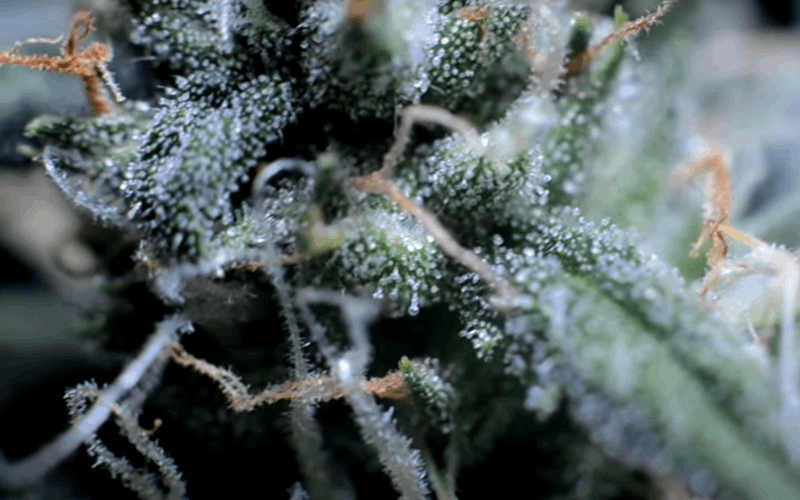
Genetics and trichomes: What’s the connection?
Before searching for how to boost trichome production, understand that genetics play a vital role in the process. Certain weed strains feature lots of trichome concentrations. As a result, such genotypes often manufacture more kief than other types.
Amnesia Lemon feminized is a cannabis strain known for producing a large number of trichomes. Its genetic makeup ensures it synthesizes more weed appendages than other cultivars. It also provides abundant outputs.
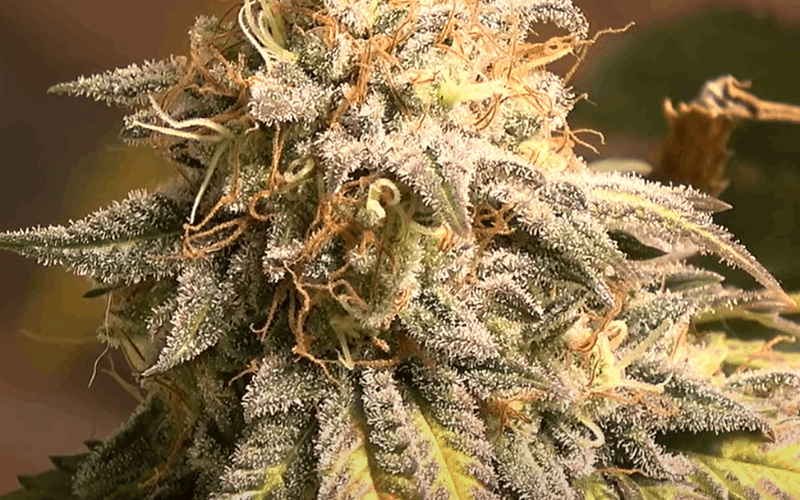
Buying strains with premium genetics gives you peace of mind when concentrating on trichome production. You can focus on optimizing the environmental factors that affect your crop’s development.
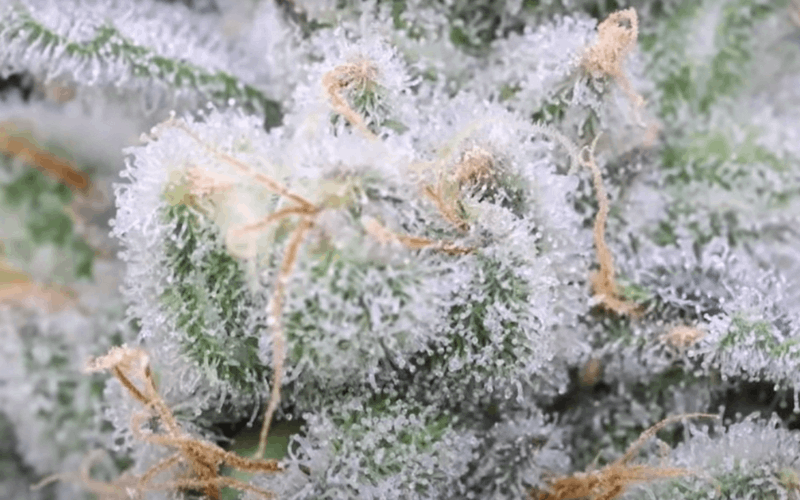
Don’t just choose any weed seeds. Be selective with the genotypes you procure because they can make a big difference in your harvest.
Simple ways to increase trichome production
While picking the right marijuana cultivar is essential, environmental elements influence how to get more trichomes. Consider the following ways to enhance the creation of these cannabis appendages.
Cannabis training
Cannabis training is the physical manipulation of crops to amplify the development of buds. It helps to create more trichomes in weed and occurs in two ways: low-stress training (LST) and high-stress training (HST).
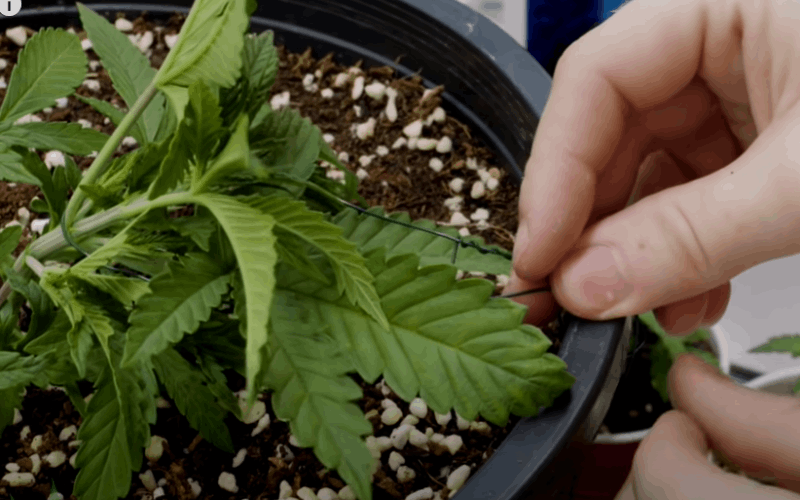
Each option has varying methods. Typical LST techniques include bending and tying, the Screen of Green (ScrOG), and the Sea of Green (SOG). Mainlining, defoliation, supercropping, manifolding, and lollipopping are standard techniques for HST.
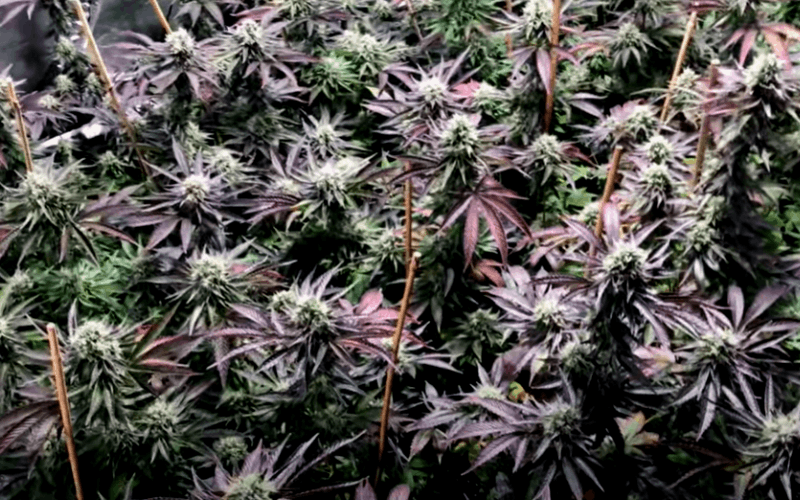
Although weed training doesn’t force the plant to generate more trichomes, it makes marijuana achieve its optimal capability. As such, it shows the genetics of the crop have the final say in its overall performance.
To incorporate training, cut or bind the plant in some areas. This strategy keeps the crop within the desired size, enabling light and air to reach its central parts. Over time, your cannabis plant flourishes and brings out more trichomes.
LEC and UV lights
Light is one of the most paramount factors for cultivating weed. It bolsters cellular function and metabolism. Plants require a suitable amount of rays to increase trichome production. Without proper illumination, weed may not create enough rosin and other essential byproducts.
LEC lights
Light-emitting ceramic (LEC) lights are made from ceramic and discharge a natural light tone. Also called ceramic metal halide (CMH) lights, this illumination source gives off less heat. These lamps mimic the rays in the natural habitat of cannabis.
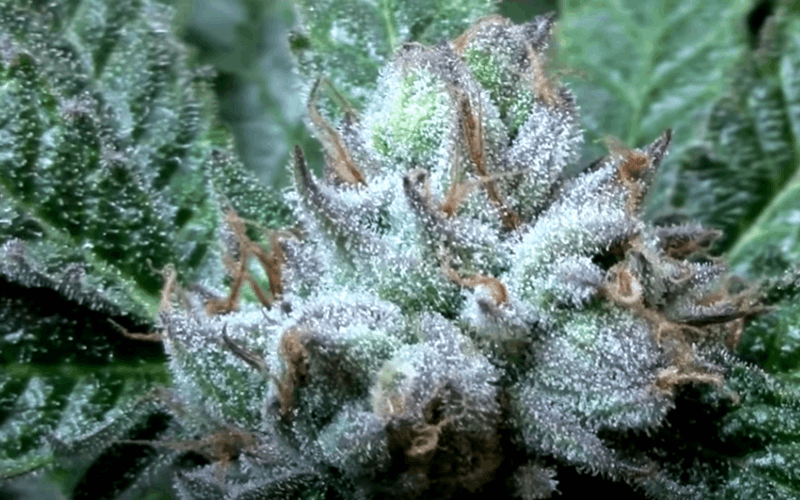
Since this grow light for cannabis is easy to control, it allows you to control the temperature in your cultivating environment. Get these lights if you want to know how to increase trichome production outdoors or indoors.
UV lights
Ultraviolet (UV) lights provide numerous benefits to plants. They can elevate the taste, smell, and potency of weed. By boosting trichome numbers, these illumination sources also promote resin production.
UV lamps are affordable and available in most light stores. Don’t keep them too close to your crops, as overexposure to illumination can damage marijuana plants.
Light deprivation
As crucial as illumination is to plant development, don’t overlook the need to keep your weed in the dark. At different growth phases, prevent rays from getting to your cannabis for a specific amount of hours. Light deprivation is a powerful trichome booster and yield optimizer.
Light scarcity stimulates marijuana to start developing flowers. Ascertain that your crops don’t get light for up to 12 hours during the vegetative stage. This method will make them assume it’s time to start displaying flowers.
Keep in mind that non-photoperiod strains, like Amnesia autoflower, start blooming automatically without requiring you to flip the lights.
During the flowering period, eliminate all illumination sources from the grow tent or garden. Do this for a few days and see how your plants sprout quickly. This technique is the best trichome booster for cannabis at its latter developmental stage.
Temperature and humidity level
To make your plant produce lots of trichomes, optimize the environment of your garden. For example, if the temperatures are too low, cannabis can’t mature properly. On the other hand, should they be higher than required, weed quality and resin creation could suffer.
Maximize trichome output by keeping the temperature at approximately 64°F at night. When there’s light in the grow room, ensure the temperature is around 77°F. Consider reducing it by a few degrees during the flowering phase.
If you want to master how to make more trichomes, don’t overlook the humidity of your grow tent. Like the temperature, these levels also have to be moderate.
Lower or higher atmospheric pressure could hurt budding plants. Fungi and other harmful microbes proliferate quickly on crops if the humidity is too harsh.
Maintain a relative humidity of at least 50%. In the last weeks of the flowering phase, lower it to about 30%. A dehumidifier or an air conditioning system is an excellent tool for reducing the relative humidity of your cannabis setup.
Nutrients and supplements
As you identify how to make trichomes mature faster, focus on what your plants eat. The vegetation can’t attain its full capability if specific nutrients are missing. As a result, such crops could encounter stunted growth, have abnormal structures, and produce low-quality content.
Developmental problems hinder plants from producing enough cannabis trichomes. Their maturation may also be delayed. To prevent such challenges, supply your marijuana crops with the following nutrients:
- Amino acids and vitamins
- Macronutrients, such as potassium, phosphorus, and nitrogen
- Micronutrients like copper, manganese, iron, zinc, molybdenum, and boron
Each element offers particular benefits to plants. Sometimes, cannabis doesn’t get the recommended amount of nutritional requirements. Regardless of your effort, the plants could struggle to reach their prime potential. We suggest opting for high-quality supplements.
Supplements fill the gap by providing your weed with the missing nutritional requirements. They get rid of the problems associated with unavailable or deficient minerals.
There are loads of cannabis supplements on the market today. Nutritional accessories are available if you want to learn how to make rosin or synthesize more trichomes. They come in the form of flowering stimulators, nutrient boosters, and carbohydrates.
When offering supplements to your weed, be careful because different types of cannabis strains have varying requirements. While mastering how to increase trichome production, pay attention to the specific amount of complementary nourishment your plants need.
Controlled stress
Stress can be either good or bad for weed. The former forces the plant to strive to create as many trichomes as possible. On the other hand, the latter puts too much pressure on the crops and could destroy them.
Controlled stress prepares cannabis crops for possible adverse conditions, such as shortages of oxygen and other essentials. The plant reacts by providing more oxygenated air to the roots to enhance their growth rate.
Following this response, there’s typically a significant improvement in how the crop makes trichomes and other crucial outgrowths.
Even though this technique applies to marijuana, it doesn’t have the same effects on all strains. Some cannabis cultivars are better at dealing with stress than others. First, test the technique on a small scale before using it for more weed plants.
Harvesting at the right time
To make the most of the weight and potency of cannabis, reap it at the right time. Harvesting cannabis too late or too early stops plants from reaching their full potential. Follow the progress of your marijuana closely during these final stages.
Weed is ready for harvest if over 50% of its trichomes have a milky white hue. If the extensions are clear, wait a few more days before reaping the plants.
Sometimes, determining the specific color of the appendages with the naked eye might be impossible. Instead, utilize a magnifying glass to have a clearer view of the trichomes.
Optimize trichome production for better yields
Trichomes significantly influence the quality of your yield when growing cannabis. The strategies above help to increase the production of these plant extensions. Understanding and following our tips can make a big difference in your marijuana harvest.
Looking for ways to make your cannabis synthesize more trichomes and mature faster? Choose from premium autoflowering, regular, or feminized weed seeds at SeedSupreme.









